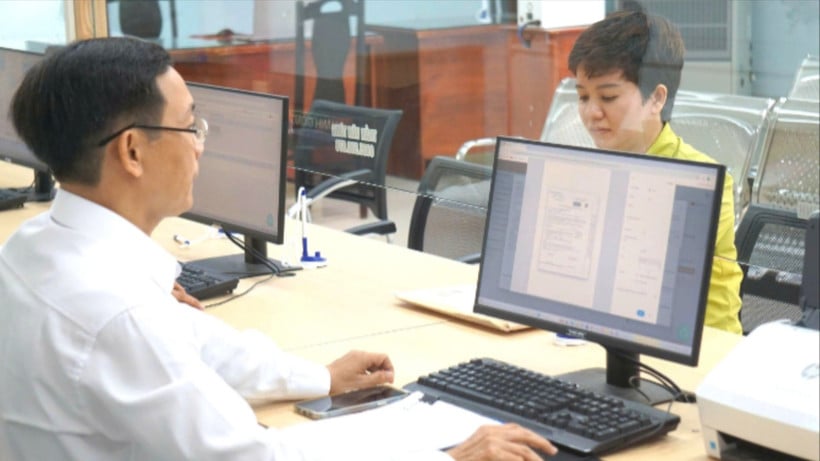 |
| From July 1, the two-level local government apparatus will be deployed synchronously, ensuring smooth state management and best serving the people. (Photo: DINH TANG) |
The Ministry of Home Affairs is seeking comments on a draft decree on the division of authority between government levels in the field of home affairs, notably proposing to transfer 120 tasks in 8 areas of state management from the district level to the commune level; reorganizing the apparatus, assigning tasks, decentralizing and organizing the operation of two-level government, especially in new wards and communes, not simply administrative work. This is a test of reform thinking, a challenge to implementation capacity, and an opportunity to turn each commune and ward into a truly effective "first link" of the public authority apparatus.
The story of how to operate the apparatus effectively is not new, but the more it is put into practice, the more questions arise, for example: The new commune after the merger has a larger area, a larger and more diverse population, so will the management capacity increase accordingly? Are there enough staff? Can the headquarters, equipment, and information system meet the requirements of serving the people?
Notably, when transferring 120 more contents from the district level to the commune level as proposed, the commune-level government is assigned many tasks from population management, insurance, public service, emulation and rewards, to administrative reform, inspection, religion, civil servant recruitment, etc.
Such a reality requires careful and thorough preparation, not only in terms of personnel but also in terms of organizational capacity. Commune and ward officials cannot operate a new system with the mindset of “just getting the job done”. Without a change in mindset, even the best tools will become useless.
It is easy to see that there are communes and wards that have been provided with computers, population management software, and electronic one-stop shops, but they still process documents in a paper-based or semi-electronic, semi-manual manner. There are places that have a new apparatus, but there has not been any real improvement in the direction of clearly defining tasks, increasing personal responsibility, and reducing intermediary levels. |
It is easy to see that there are communes and wards that have been provided with computers, population management software, and electronic one-stop shops, but they still process documents in a paper-based or semi-electronic, semi-manual manner. There are places that have a new apparatus, but there has not been any real improvement in the direction of clearly defining tasks, increasing personal responsibility, and reducing intermediary levels.
In Ho Chi Minh City, one of the pioneering localities to pilot the two-tier government model in 102 communes and wards since June 12, many wards after the merger have a population of more than 50,000 people. The need to handle procedures, complaints, and receive public services has increased, while the number of staff is limited. The lack of synchronization in the data management system after the merger makes it difficult to exploit information. Not to mention the psychological pressure and work adaptability of the staff of wards and communes. If these situations are not thoroughly resolved, they can cause "blockages" in administrative reform, which is in dire need of being accelerated.
Therefore, the most important thing now is not to quickly issue a standard model and apply it widely, but to correctly identify the "bottlenecks" in implementation to have a synchronous solution.
First of all, it is necessary to clarify the relationship between decentralization-decentralization-delegation in the two-level government, avoiding the situation of "transferring jobs but not transferring power" or "transferring power but not transferring people".
Assigning more work to the commune level must be accompanied by a corresponding transfer of decision-making authority, funding and personnel. Some regulations that still “administrativeize” the organizational model must be revised, not allowing the commune level to flexibly arrange its apparatus according to local characteristics.
What is most needed now is not to quickly issue a standard model and apply it widely, but to correctly identify the "bottlenecks" in implementation to find a synchronous solution. |
On the contrary, the commune and ward levels must also be proactive in preparation, not passively waiting for top-down coordination. Commune-level authorities, especially Party committees and leaders, need to reorganize the process of receiving people and handling work in a way that clearly defines responsibilities, has deadlines, has commitments, and publicly discloses results for people to monitor.
Along with that, it is necessary to pay attention to the standardization of the staff at the commune level; have policies to attract talented people to work at the grassroots level. Training of staff must be a process of updating modern knowledge, training the ability to analyze, evaluate situations and implement policies according to new methods.
From now until July 1 is the golden time to review, adjust, and perfect the pilot model, avoiding the situation of operating without preparation and having to "run after" to overcome the consequences of organizational, human resource, and technical deviations.
An equally important requirement is to change the way the quality of the performance of the commune and ward authorities is assessed. It cannot be based solely on the number of resolved records, but must be linked to the level of people's satisfaction, the rate of records processed on time, and the effectiveness in detecting and handling problems arising from practice. Only then will the two-level government apparatus operate smoothly, not like two overlapping layers but like two gears tightly fitted together in a modern administrative machine, aiming to serve the people, taking effectiveness as the measure.
Source: https://huengaynay.vn/chinh-tri-xa-hoi/tinh-gon-khong-dong-nghia-don-gian-154929.html



![[Photo] Multi-colored cultural space at the Exhibition "80 years of the journey of Independence - Freedom - Happiness"](https://vphoto.vietnam.vn/thumb/1200x675/vietnam/resource/IMAGE/2025/8/26/fe69de34803e4ac1bf88ce49813d95d8)

![[Photo] Hanoi: Authorities work hard to overcome the effects of heavy rain](https://vphoto.vietnam.vn/thumb/1200x675/vietnam/resource/IMAGE/2025/8/26/380f98ee36a34e62a9b7894b020112a8)





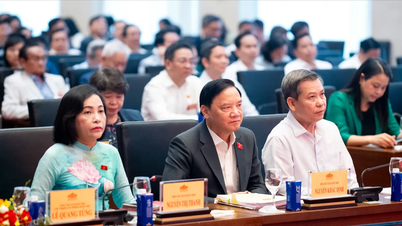


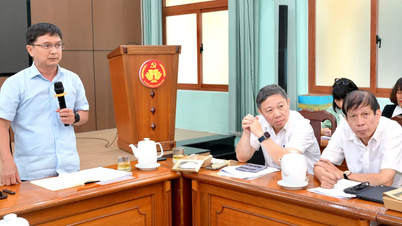


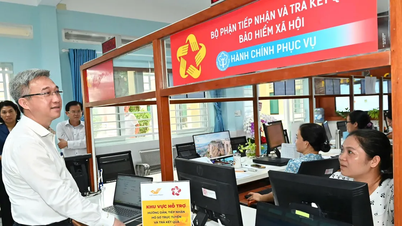


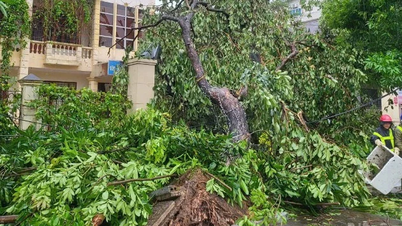




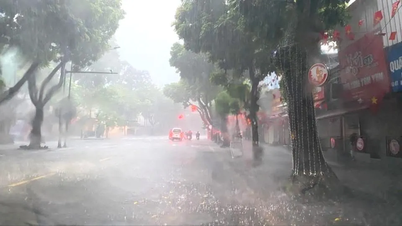
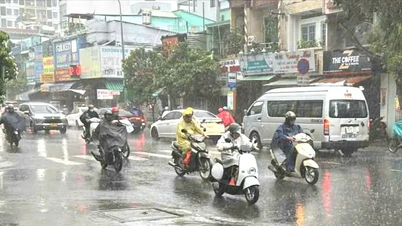





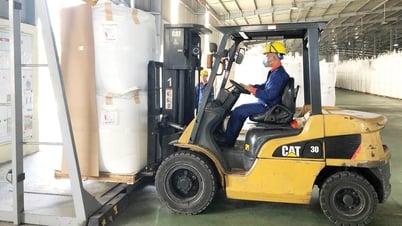













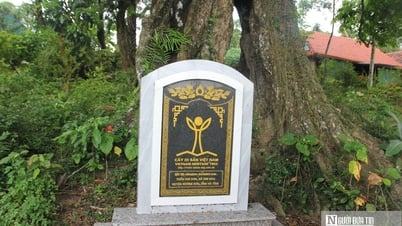

















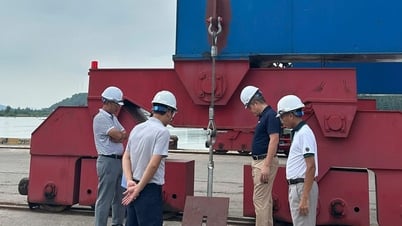



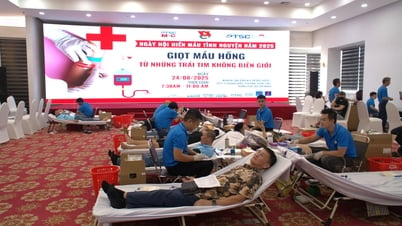











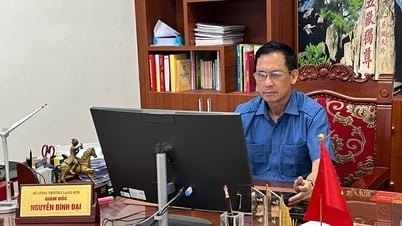










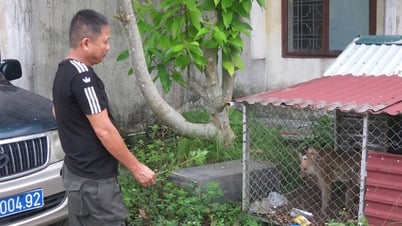

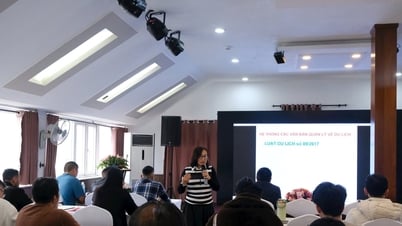


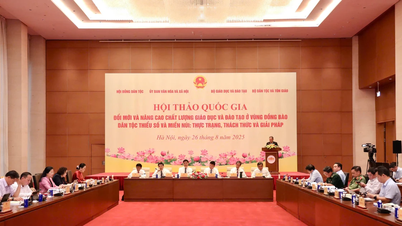



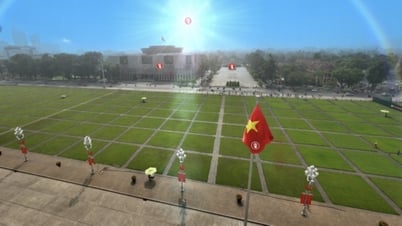



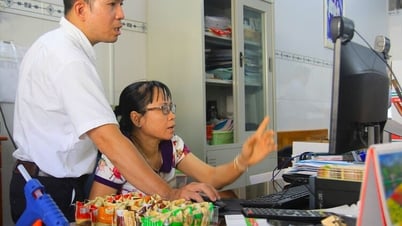







Comment (0)